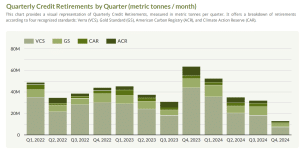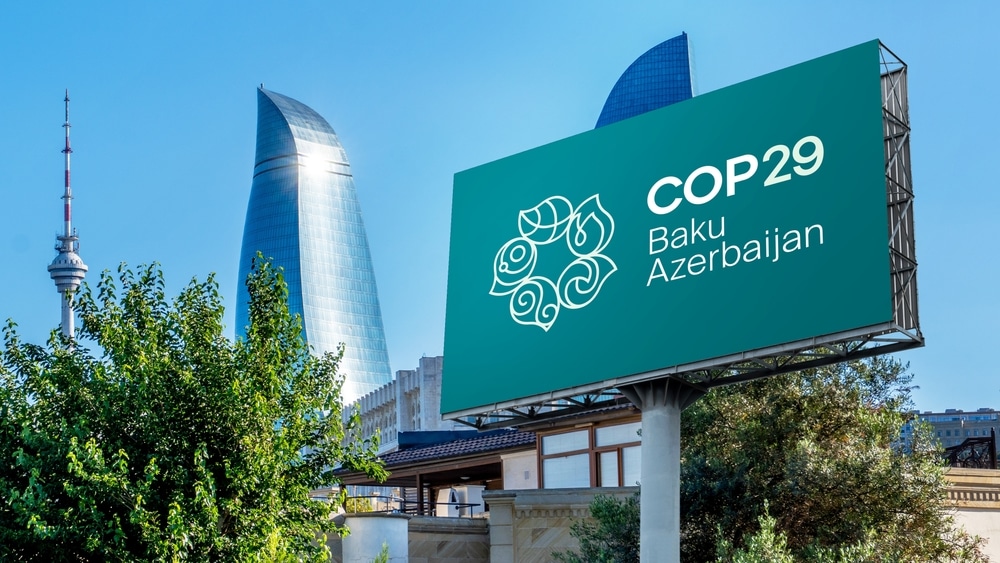COP29, held in Baku, Azerbaijan, made a major breakthrough in global climate action during its opening day. Nearly 200 governments agreed on a framework under Article 6.4 of the Paris Agreement. This deal sets up a UN-led global carbon market, allowing countries and companies to trade carbon credits more efficiently. The goal is to create a stronger demand for carbon credits, especially to fund climate projects in developing nations.
COP29 President Mukhtar Babayev called the agreement a “game-changing tool” to support climate action in less wealthy countries. He also urged all nations to continue working together to make more progress during the summit, noting that:
“By matching buyers and sellers efficiently, such markets could reduce the cost of implementing NDCs [Nationally Determined Contributions] by 250 billion dollars a year.”
A New Era for Carbon Trading
Article 6 of the Paris Agreement outlines how countries can work together to reduce greenhouse gas emissions. Article 6.4 introduces a global carbon trading system, managed by a UN body. This system will let countries and companies trade emissions reduction credits generated from projects worldwide.
The new system replaces the older Clean Development Mechanism (CDM) from the Kyoto Protocol. It aims to be more transparent and effective, ensuring that carbon credits are credible and valuable.
In October 2024, Article 6.4 Supervisory Body finalized rules for how projects will work under this system. These include standards for carbon removal projects and emissions reduction methods. The system will let companies in one country earn credits for reducing emissions and sell them to companies in another country, fostering global cooperation.
Challenges and Pushback
Despite the breakthrough, reaching an agreement wasn’t easy. Some countries and groups raised concerns about how decisions were made. The Coalition for Rainforest Nations (CfRN), representing several developing countries, argued that Article 6.4 Supervisory Body bypassed proper procedures.
Kevin Conrad, CfRN’s Executive Director, said the body adopted rules without first getting approval from the Conference of the Parties (CMA), which oversees the Paris Agreement. As a compromise, the final text used softer language, like “take note,” to acknowledge the rules without fully endorsing them. This wording sends a message that future decisions must follow proper processes.
Despite these issues, Babayev assured participants that more discussions on Article 6.4 would continue. Negotiations will also focus on Article 6.2, which deals with how countries trade carbon credits directly.
Strengthening Carbon Markets With New Rules
The new global carbon market aims to solve problems that have plagued carbon trading in the past. Older systems often faced criticism for lacking transparency and effectiveness, which led to low demand and falling prices for carbon credits.
The chart below shows the quarterly credit retirements, which represent demand, falling and are lower this year than prior years.

With clear rules and a centralized structure, Article 6.4 hopes to restore confidence in carbon markets. Sebastien Cross, Chief Innovation Officer at BeZero Carbon, called the agreement a major win for COP29. “This framework provides the tools we need to make carbon markets work better,” he said.
The carbon finance sector is optimistic that this move will help revitalize trading.
The agreement also benefits project developers by giving them clear guidelines to follow. Countries can align their climate policies with international standards, making it easier to meet their emission reduction goals.
Economic and Environmental Benefits
A global carbon market could bring significant economic and environmental gains. For one, it will provide new funding opportunities for climate projects, especially in developing countries that need financial support.
By creating a market-driven system, Article 6.4 encourages businesses to reduce emissions in cost-effective ways. Companies that reduce more emissions than required can sell their extra credits for profit. Meanwhile, those struggling to meet their targets can buy carbon credits to make up the difference.
This system not only helps cut global emissions but also supports sustainable development in poorer regions. It also allows countries struggling to meet their target by purchasing carbon credits.
What’s Next?
The Article 6.4 framework is just the beginning. The next steps include registering project methodologies and establishing operational guidelines, expected to be in place by mid-2025. During this period, the Supervisory Body will focus on finalizing details to ensure the system operates smoothly.
However, significant work remains to address concerns about market integrity and inclusivity. Some stakeholders worry that a centralized system could disadvantage smaller or less-developed markets. Policymakers must ensure the system is fair and accessible to all participants.
While there are still challenges ahead, this agreement sets the stage for stronger international cooperation. By establishing a UN-backed carbon market, the deal promises to boost demand for carbon credits and direct funding to critical climate projects.
As COP29 continues, leaders will work to refine this system and tackle other important climate issues.


